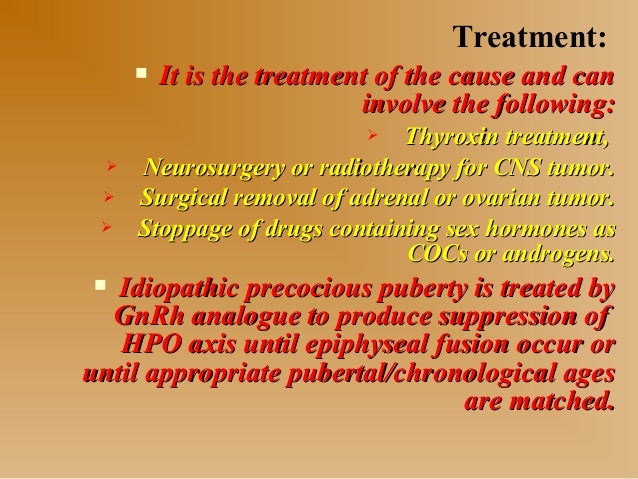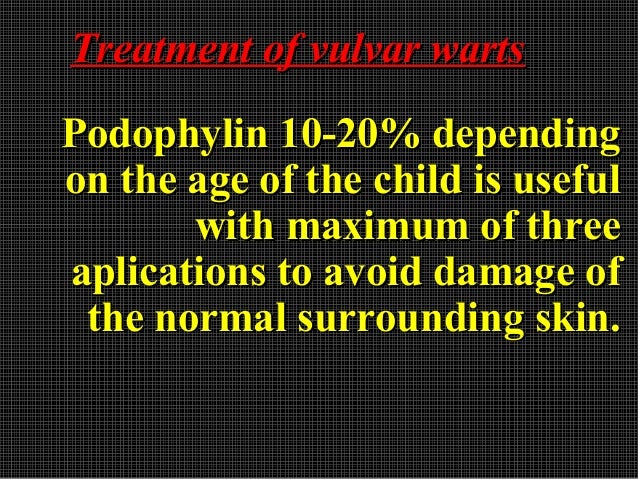A man can reach in this area all a woman does subsequently one big exception i.e., he cannot conceive and give birth to a child. He lacks the apparatus for multiplication which a woman possesses. In India the number of doctors who specialise in women's reproductive health i.e. the gynaecologists and obstetricians are few in proportion to the female population, and for this reason, a large number of women vacillate discomfort, be painful and illness.
Vaginal Discharge
Abnormal vaginal release is a common weakness across every age groups. The exoneration may be due to excessive (physiological) formation of secretions or due to an infections. in the manner of it is not due to infection, the discharge does not have any foul odor and does not cause exasperation and itching. This is called as Leucorrhoea and is seen concerning ovulation, during sexual ruckus and back menstruation. This exoneration can be due to hormonal changes also.
Discharge due to infection is foul smelling and causes much irritation. Non-specific vaginitis occurs commonly in debilitated women, pill users, pregnancy and diabetics. Specific infections occur due to candida (fungus), trichomonas (one celled parasite) or bacteria. poor hygiene predisposes to such infections.
If freeing has blood, it there most likely some gigantic cause. It could be a tumor (cancer) or polyp (a mass) inside the genital tract. If there is a sore spot ulcer on vulva, it can be due to virus (Herpes). Sometimes a foreign (extraneous) body such as Copper-T and tampoons may cause infection and need removal. Thinning of layers of vagina may occur at menopause consequently an estrogen cream may help.
High standards of personal hygiene are an essential share of the treatment. A number of are available.
Lactobacilli (Myconip, vaginal tab) is used to improve vaginal acidity and so abbreviate bacterial growth. Lactobacilli is as a consequence useful in leucorrhoea and recurrent vaginits. A number of resolution dose combinations or kits are approachable for treatment of infected vaginal infections: Tinidazole 1g (2 tabs) + Fluconazole 150 mg (1 cap) in a single dose (Azostat, Nuforce); and Azithromycin 1 g + Fluconazole ISO mg + Secnidazole 2g (AZITHRAL-XP).
Dysmenorrhoea (Painful Menstruation)
It means sensitive menstruation. be painful may be cramping in the lower abdomen and its extremity may involve morning to day activity. It occurs in 5-10% females. It is called primary taking into account there is no obvious cause. It occurs in teenagers and is usually relieved after pregnancy. It is relieved by sting relievers and antispasmodics (see chapter 'Pain Relievers').
Endometriosis (placement of endometrial lining in supplementary pelvic organs such as tubes, cervix or colon) is a common cause of additional amenorrhoea and requires proper treatment once oral contraceptives or subsequently Danazol (LADOGOL, DANOZEN 100mg). Danazol has anabolic and progesterone in the manner of effects and it suppresses ovarian performance fittingly less estrogen is formed. Its usual dose is 200-400mg/day. If no utility is obtained, surgical removal of such tissues is recommended.
Pelvic twinge
It is a common symptom of a large number of underlying causes. It can be acute or chronic. The underlying mechanism is annoyance of membrane overlying abdominal organs (peritoneum) by infection or blood. It can be due to gynaecological or non-gynaecological causes.
Acute Causes: Pelvic inflammatory weakness (PID), ruptured ectopic (tubal) pregnancy, ruptured (bursting) cyst of ovary or abortion.
Chronic Causes: Pelvic inflammatory illness (Tuberculosis) endometriosis, IUCD users, chronic cervicitis or tumors.
In addition to the above causes, many diseases of large bowel, kidney and spine present taking into consideration lower abdominal and incite pain, appendicitis, rock in ureter or urinary bladder, lumbar-disc prolapse, and amoebiasis are some of the causes.
After ascertaining diagnosis by PV (Per Vaginal) examination, ultrasound, urine examination and biopsy (if required), a gynaecologist usually prescribes cause discomfort relievers and antispasmodics described in chapter upon smart Relievers. Anxiolytic drugs urge on if psychosomatic upset is detected. A number of antibiotics are friendly in assimilation once metronidazole, tinidazole or ornidazole. Such combinations are quite commonly used for 1 to 2 week to treat PID.
Article Tags: be killing Relievers


No comments:
Post a Comment